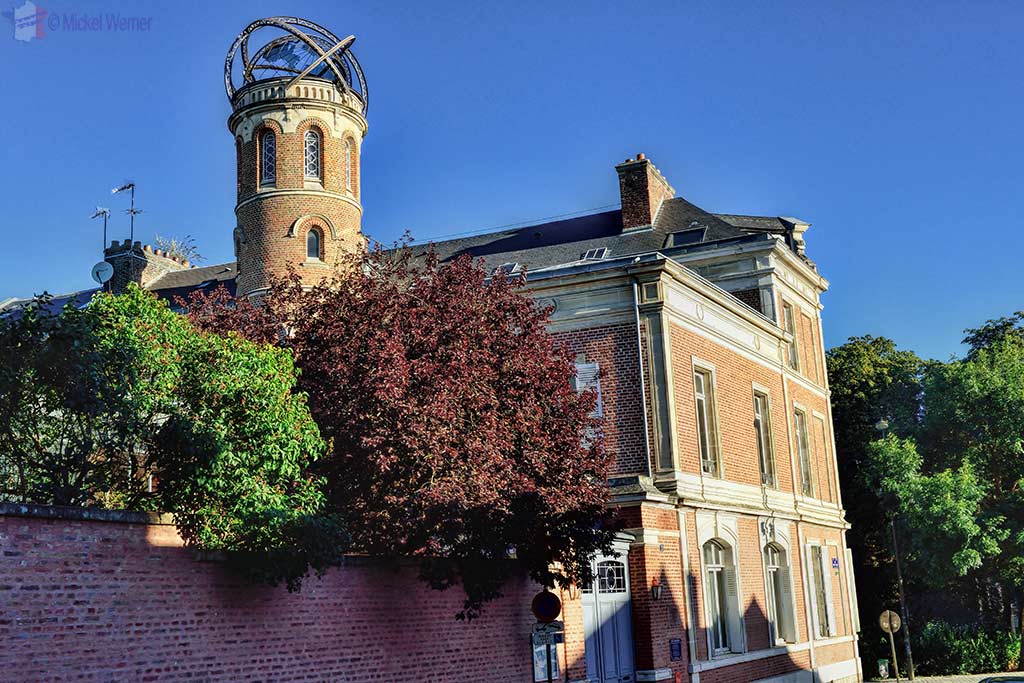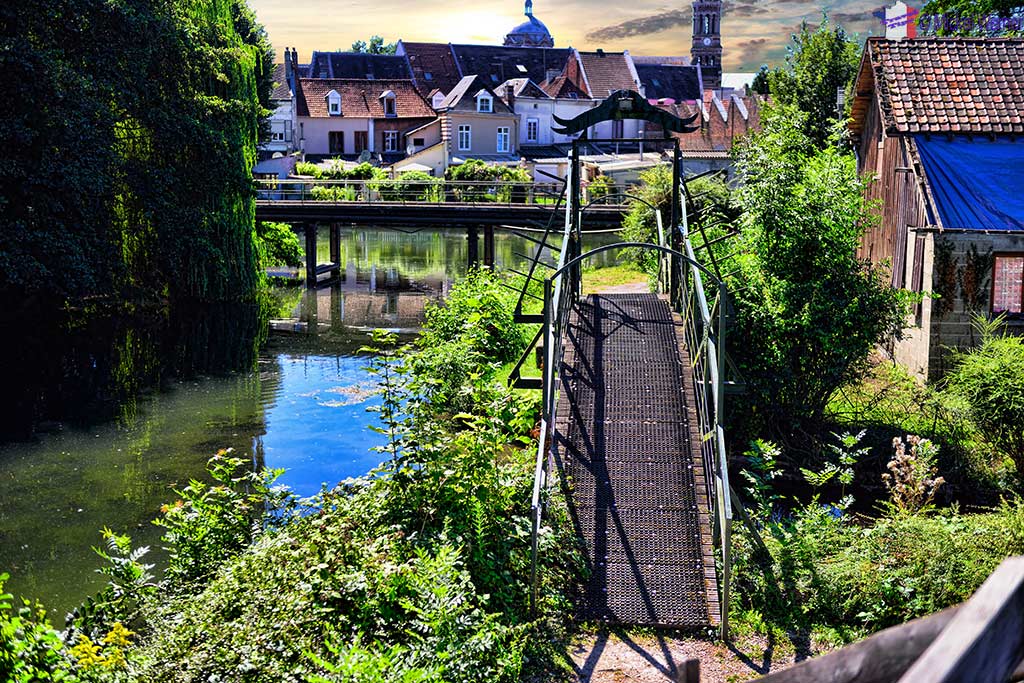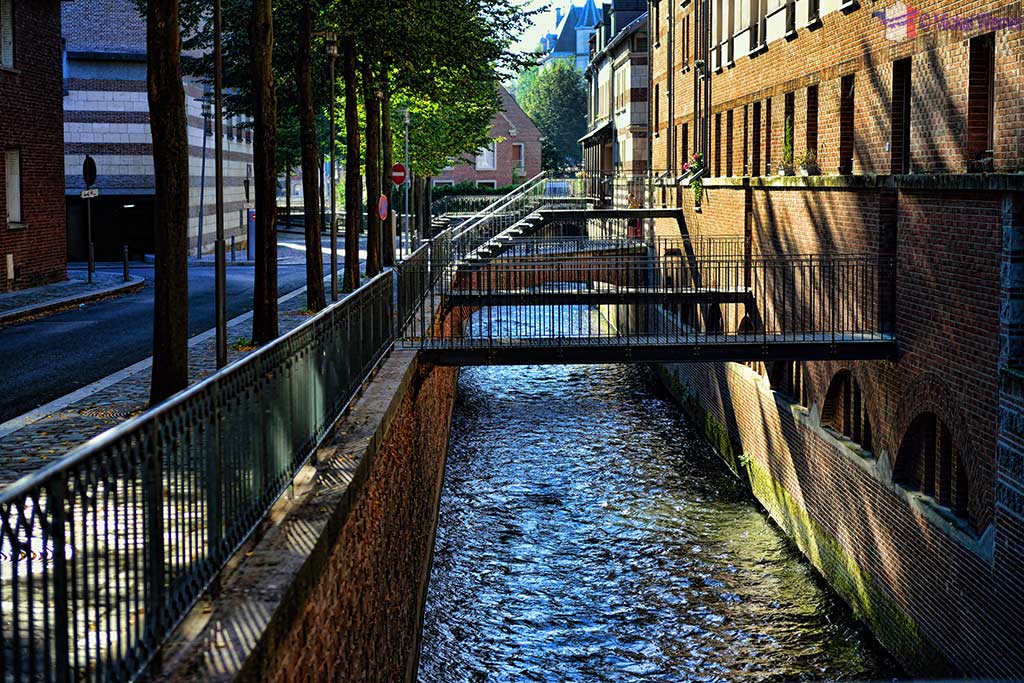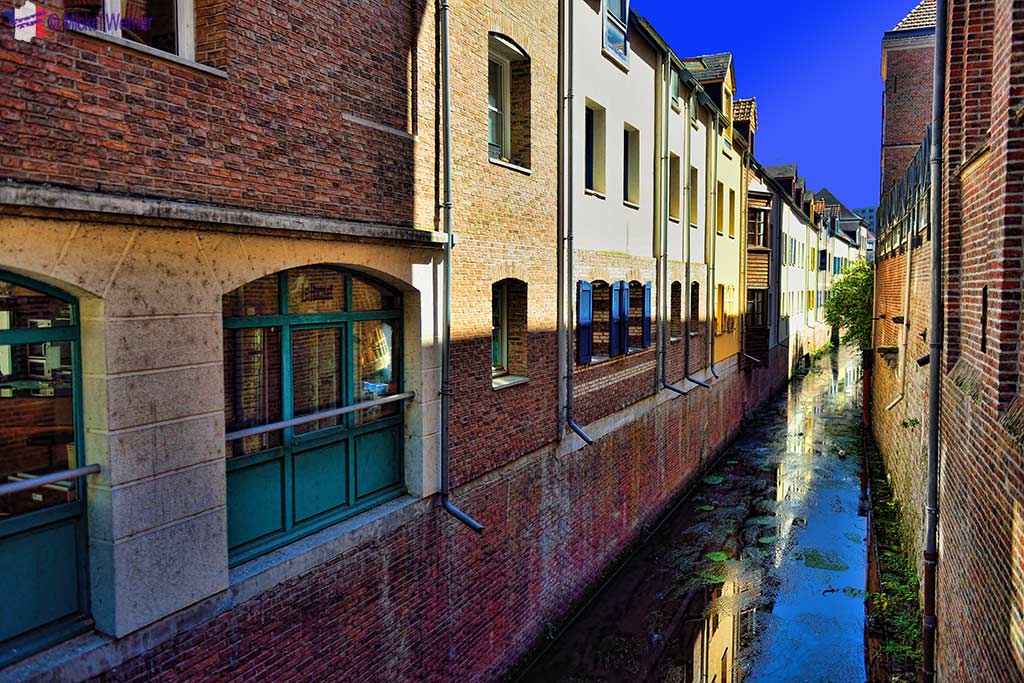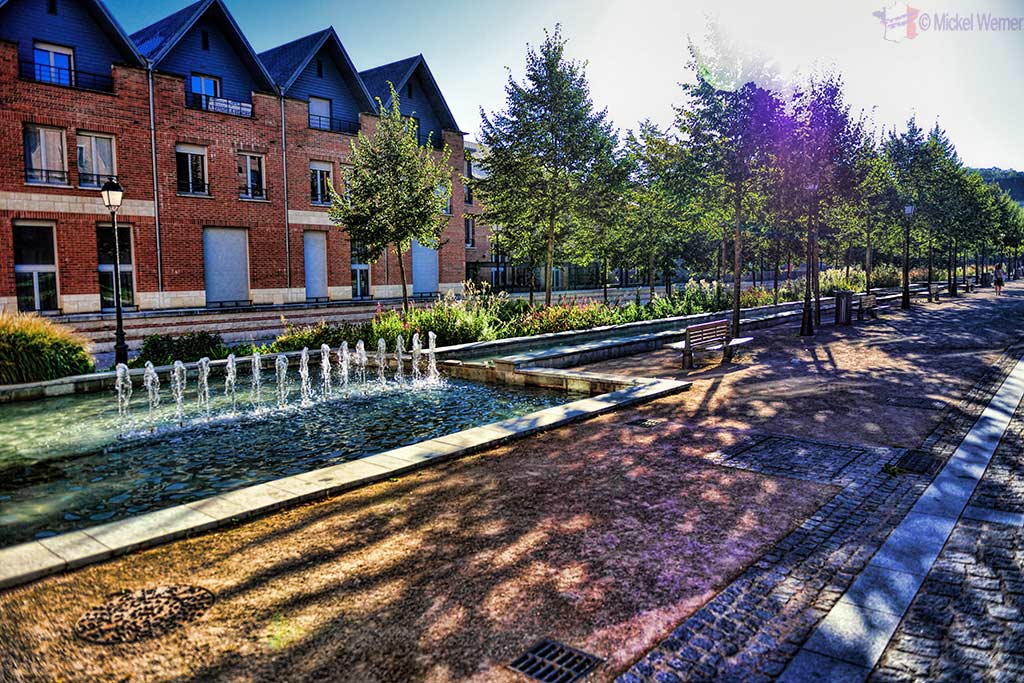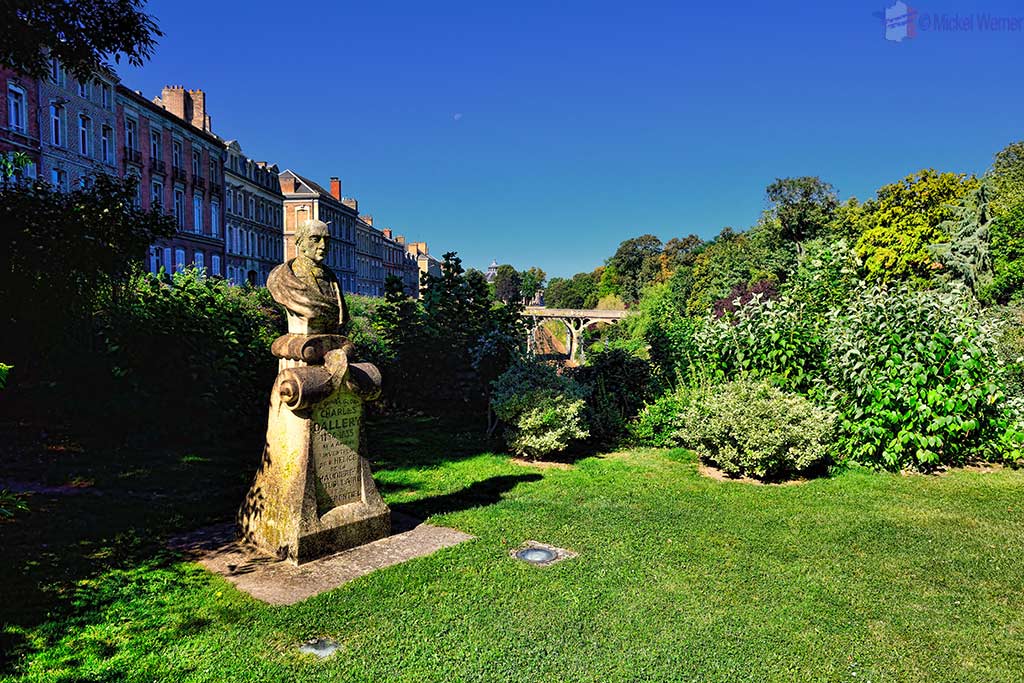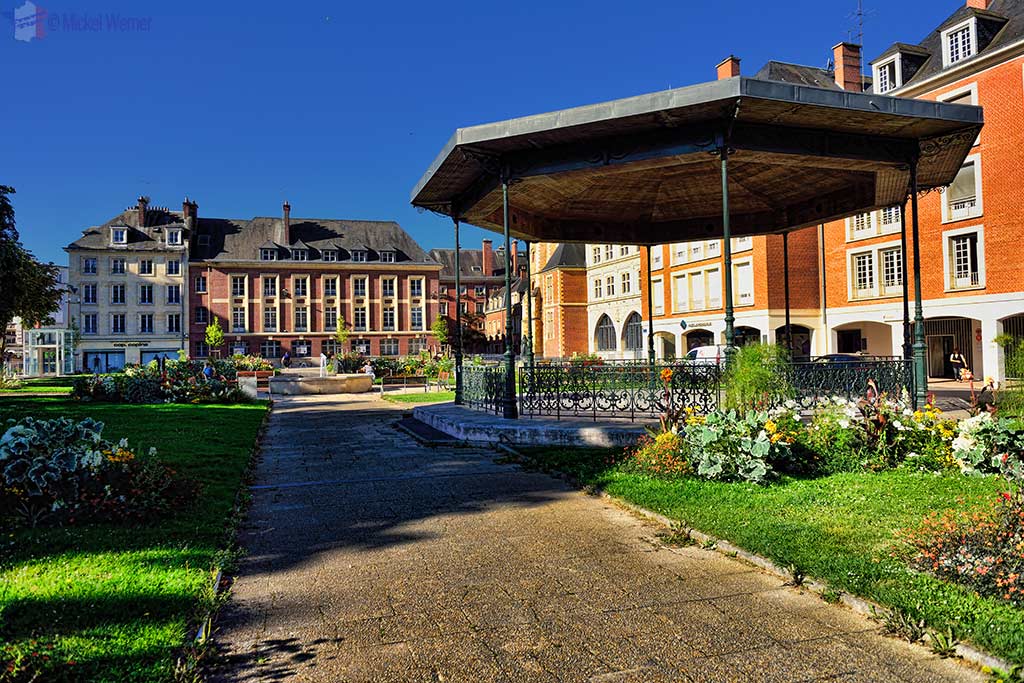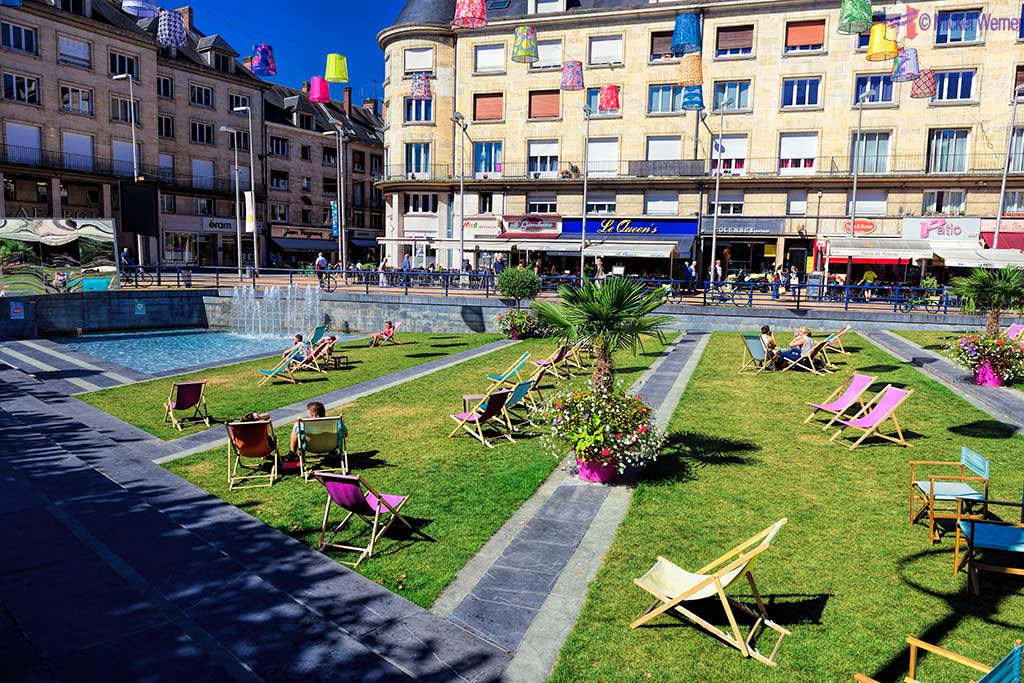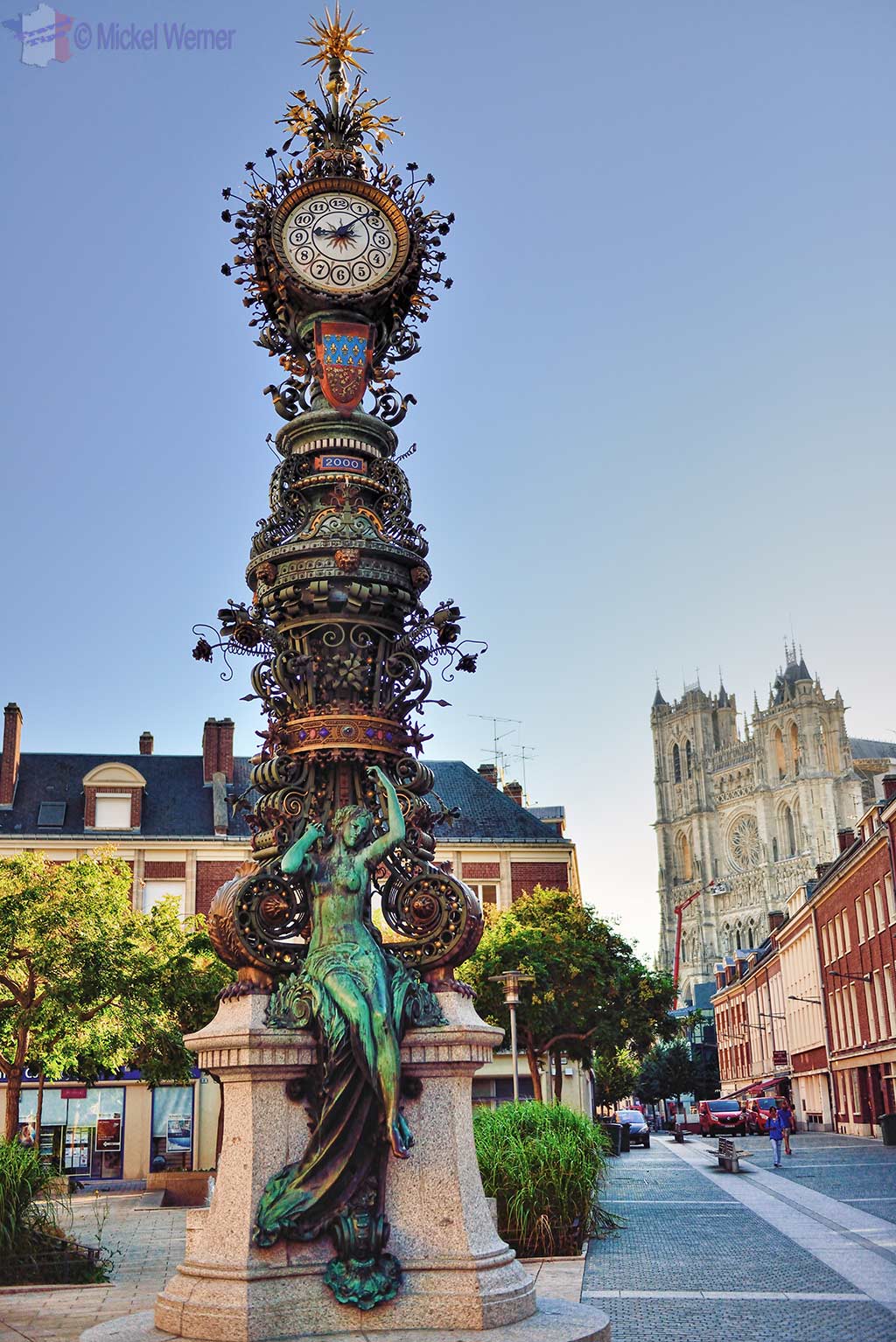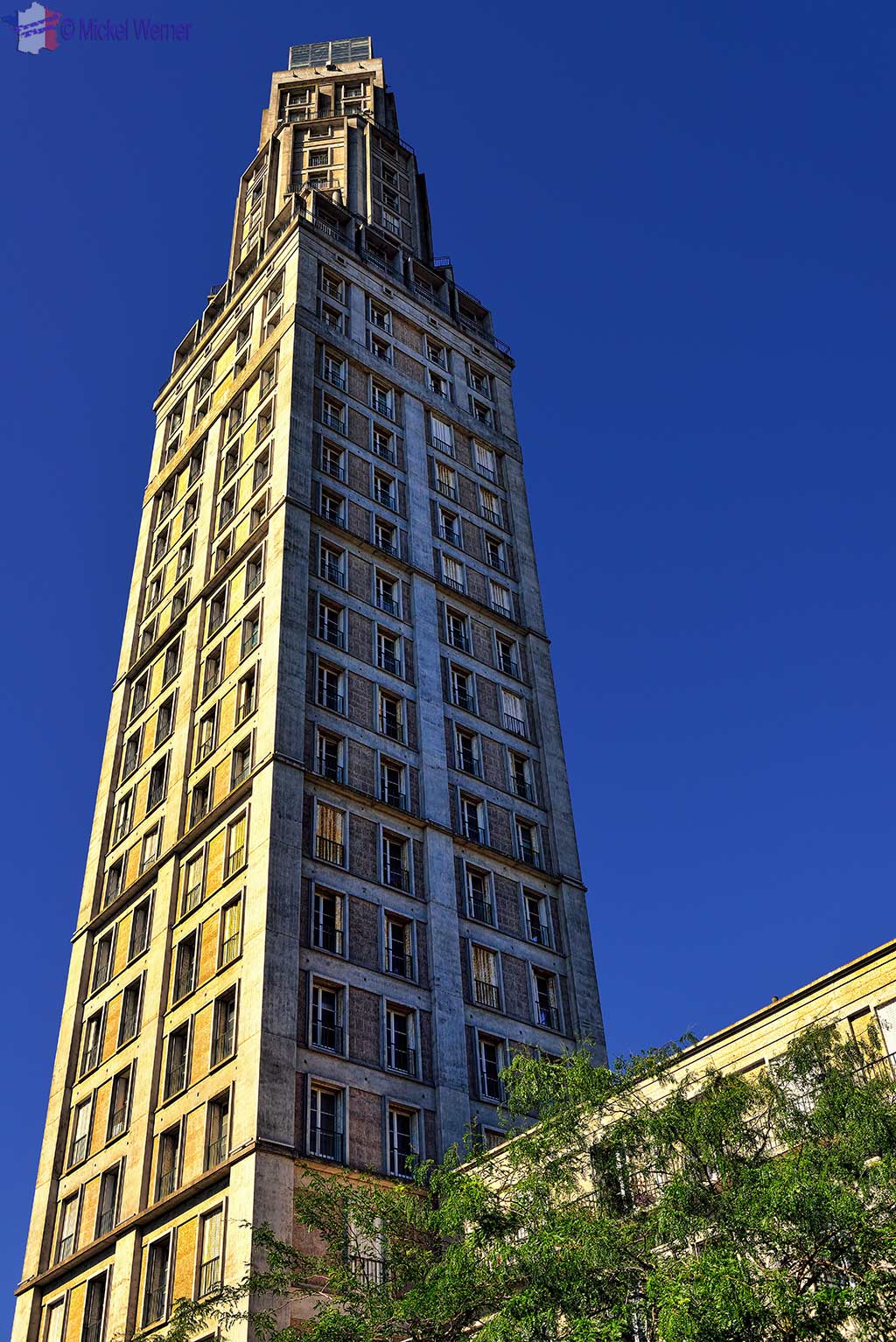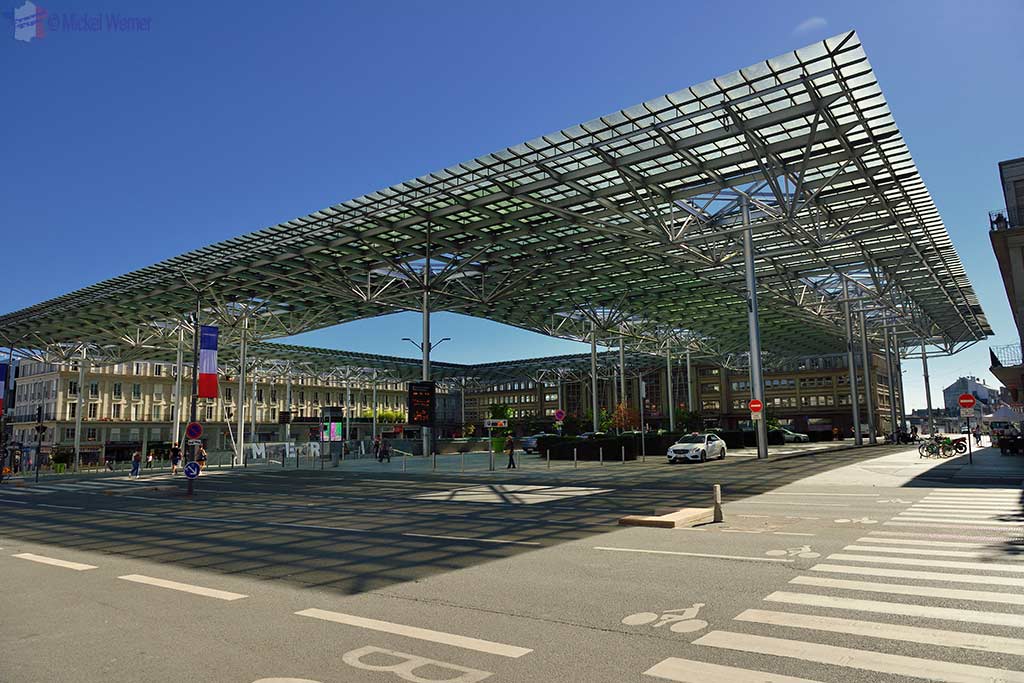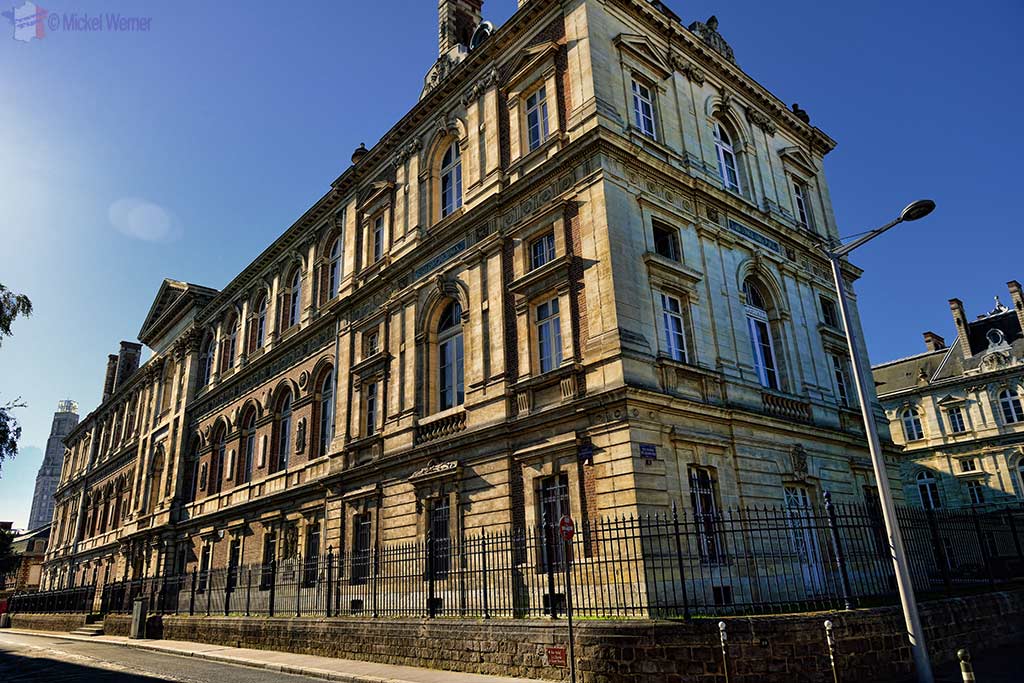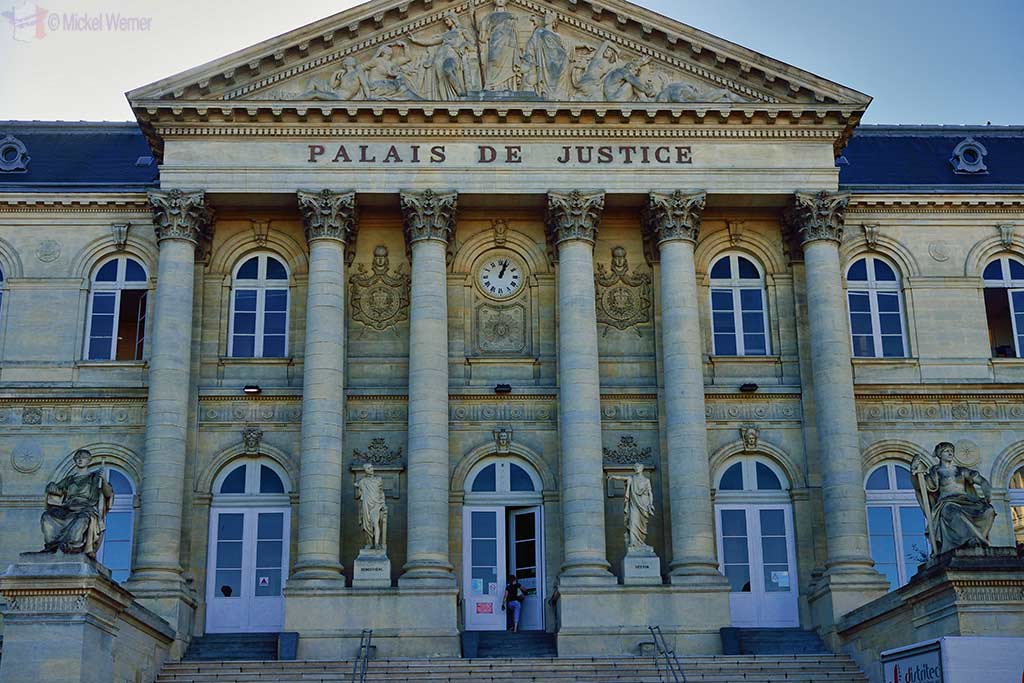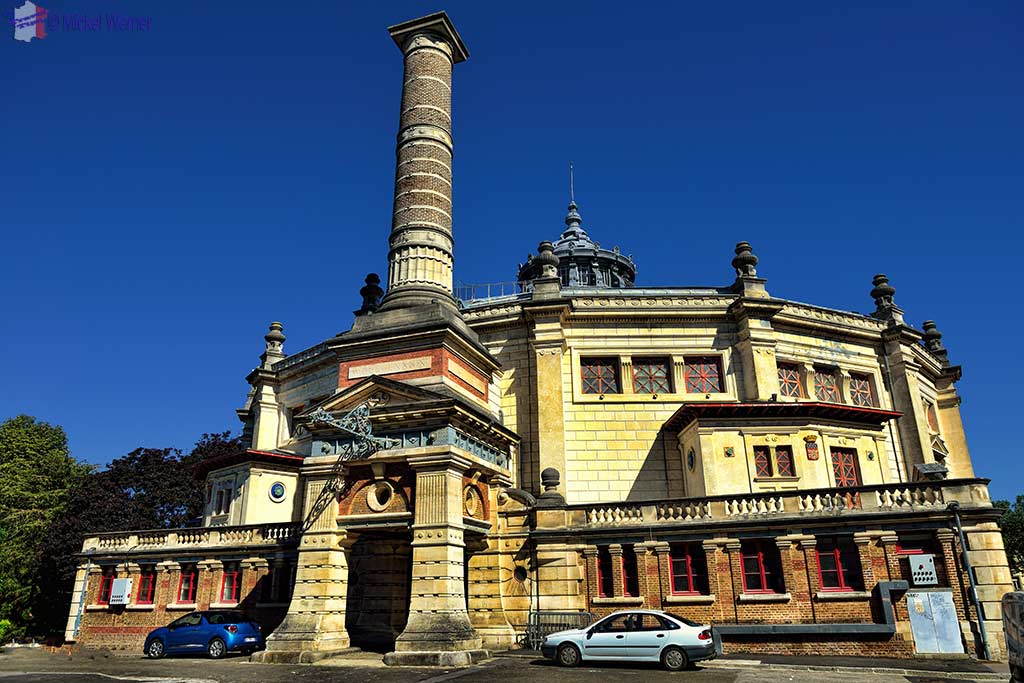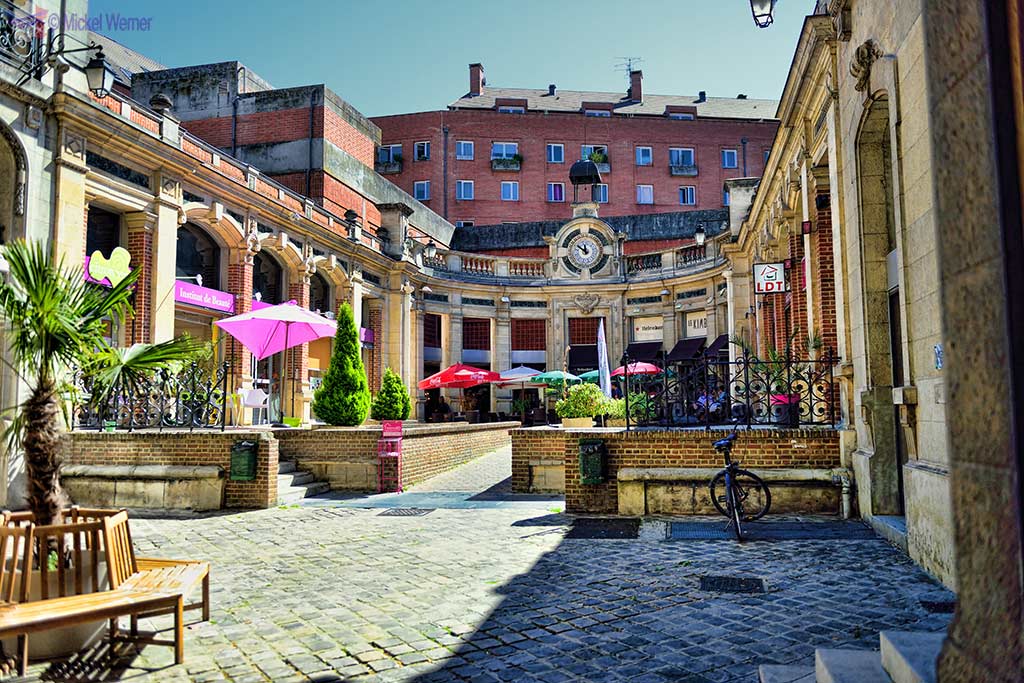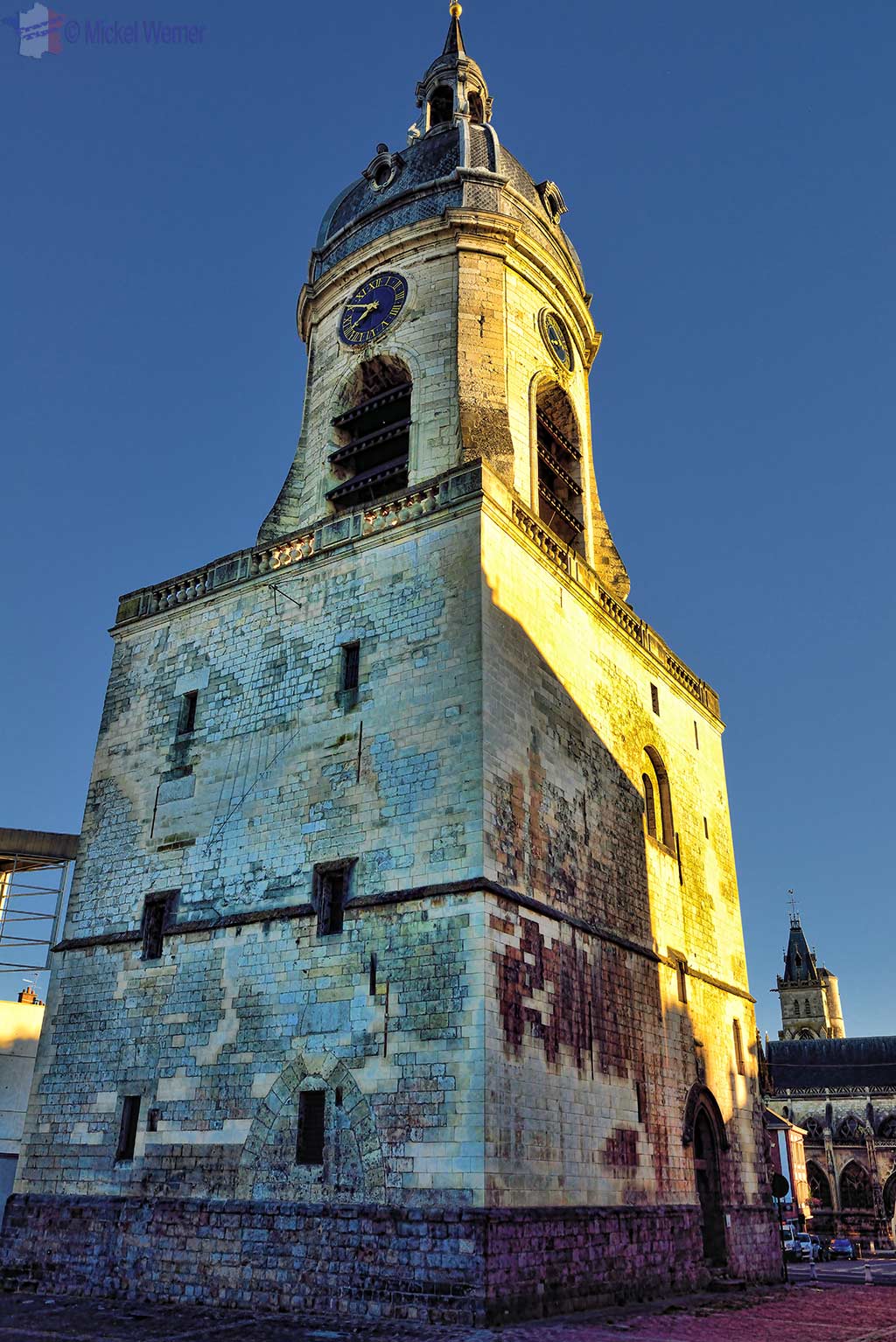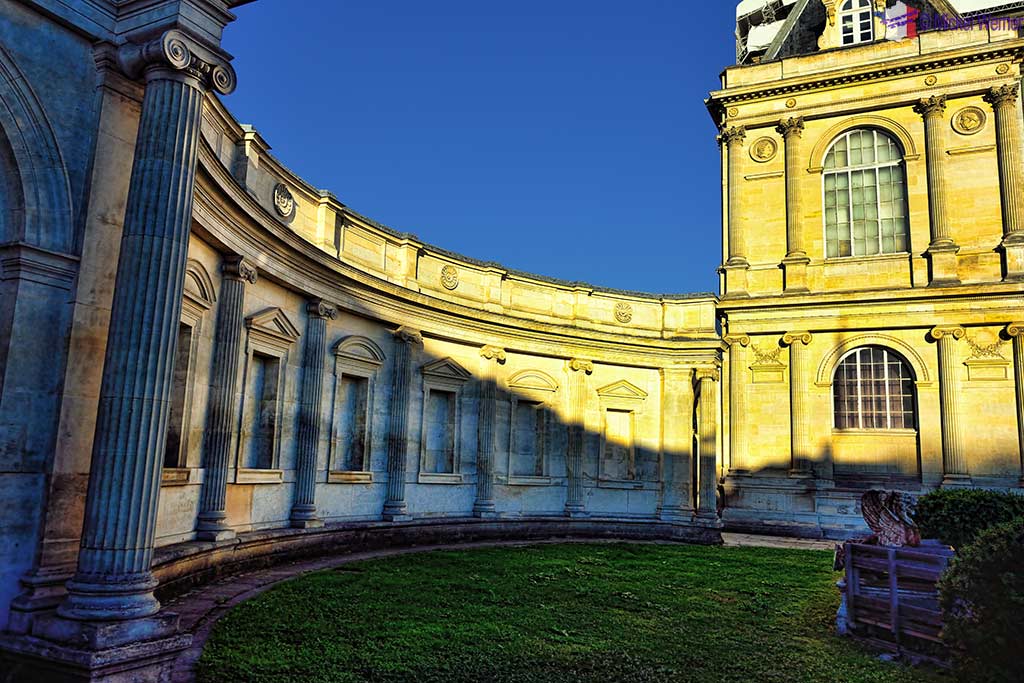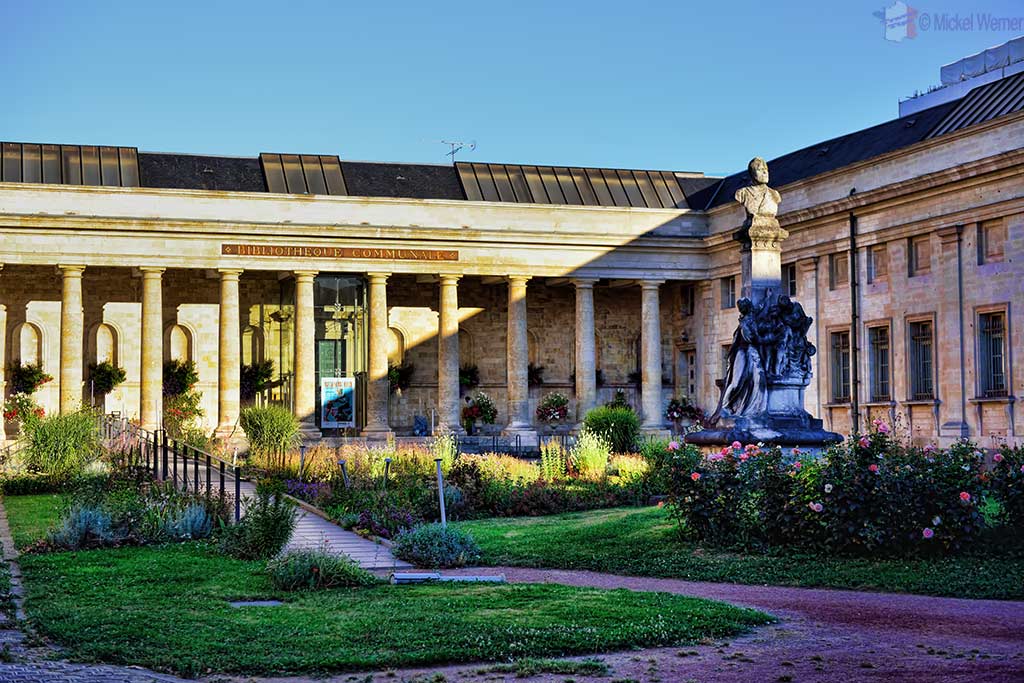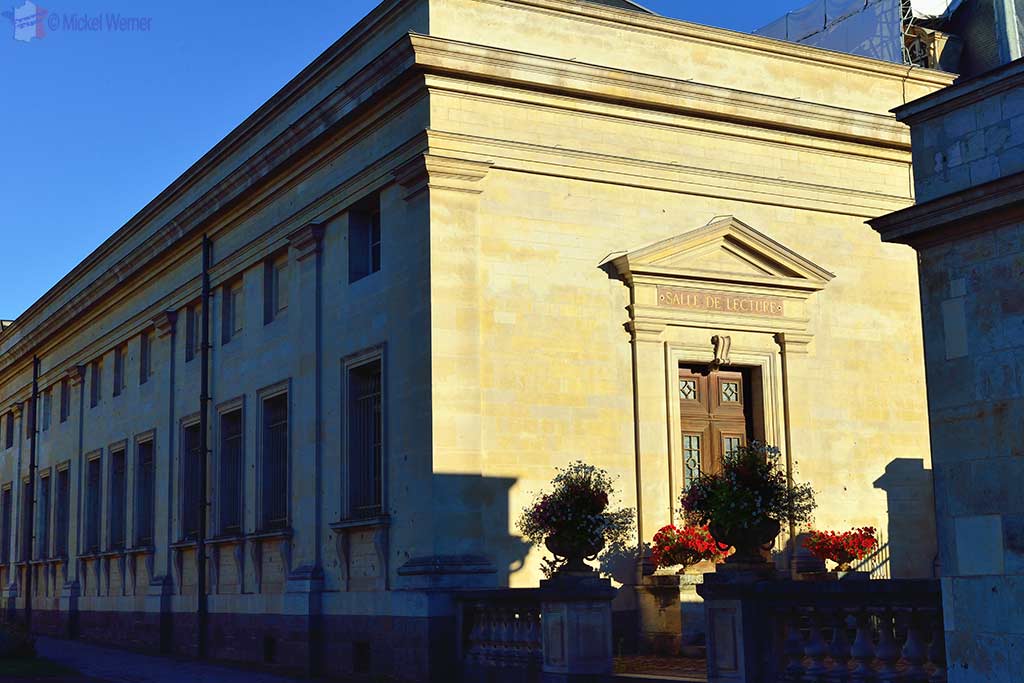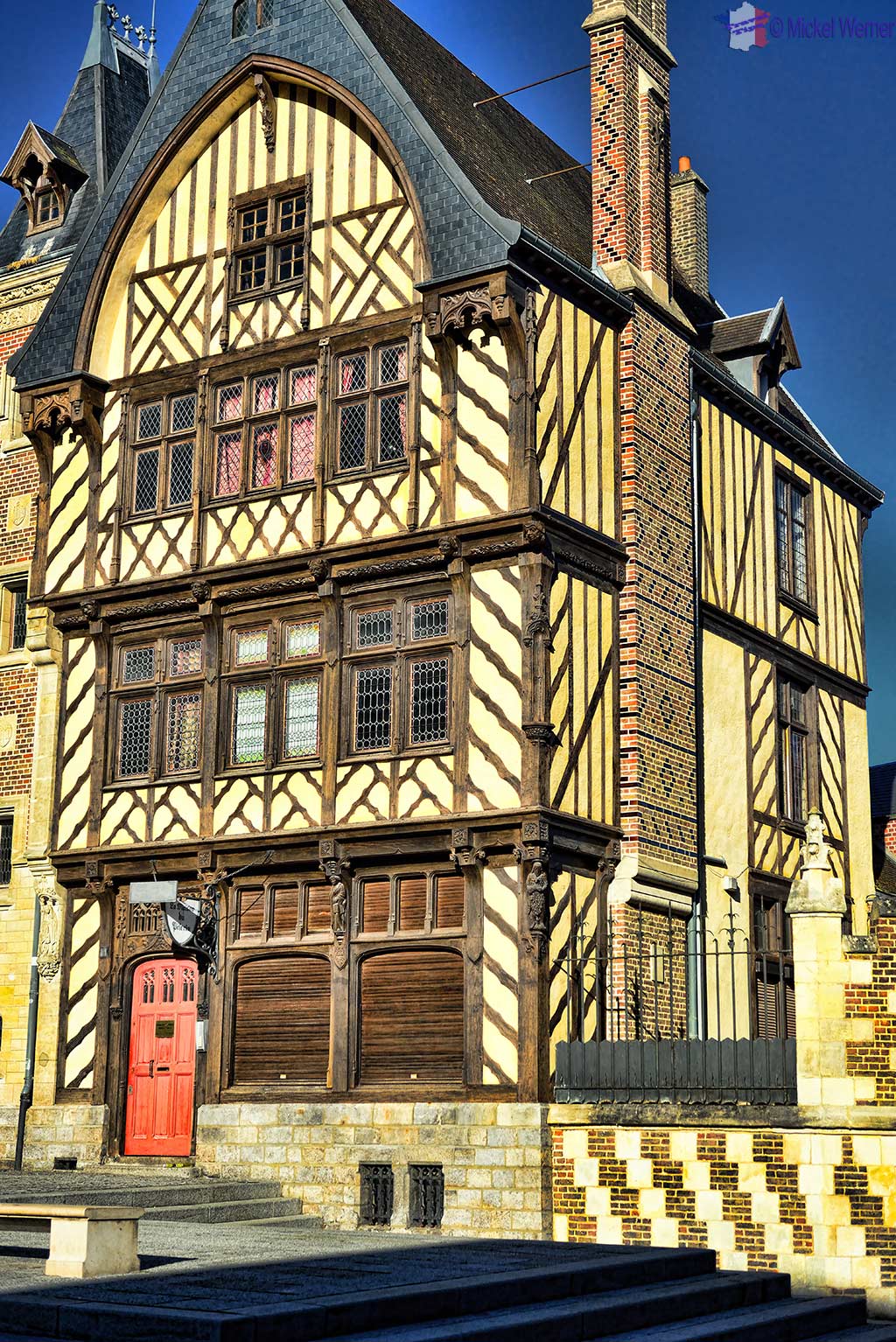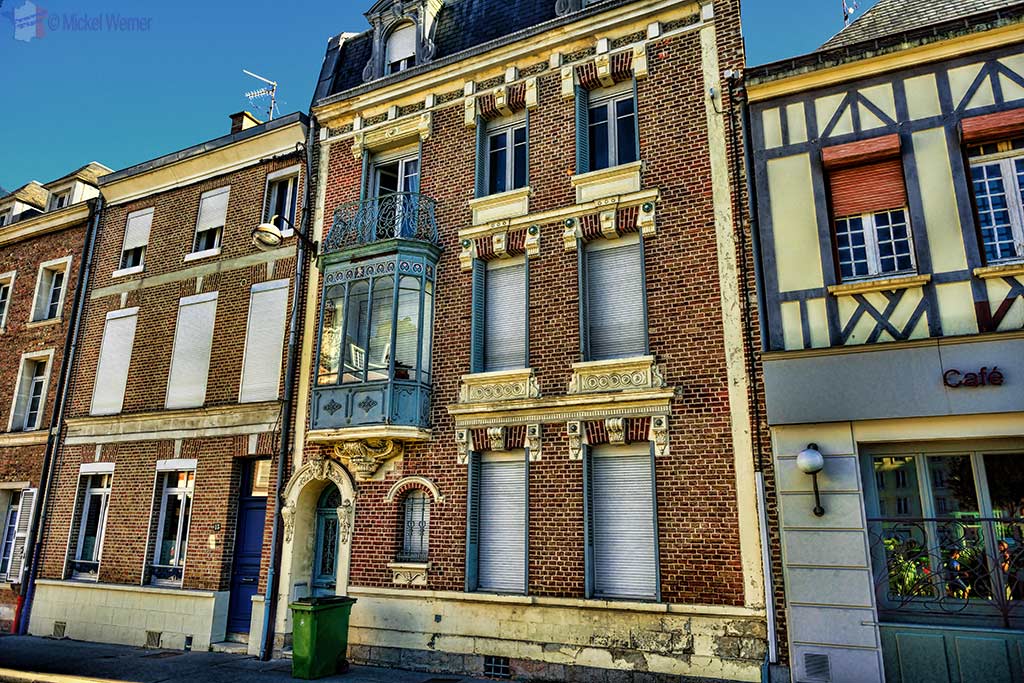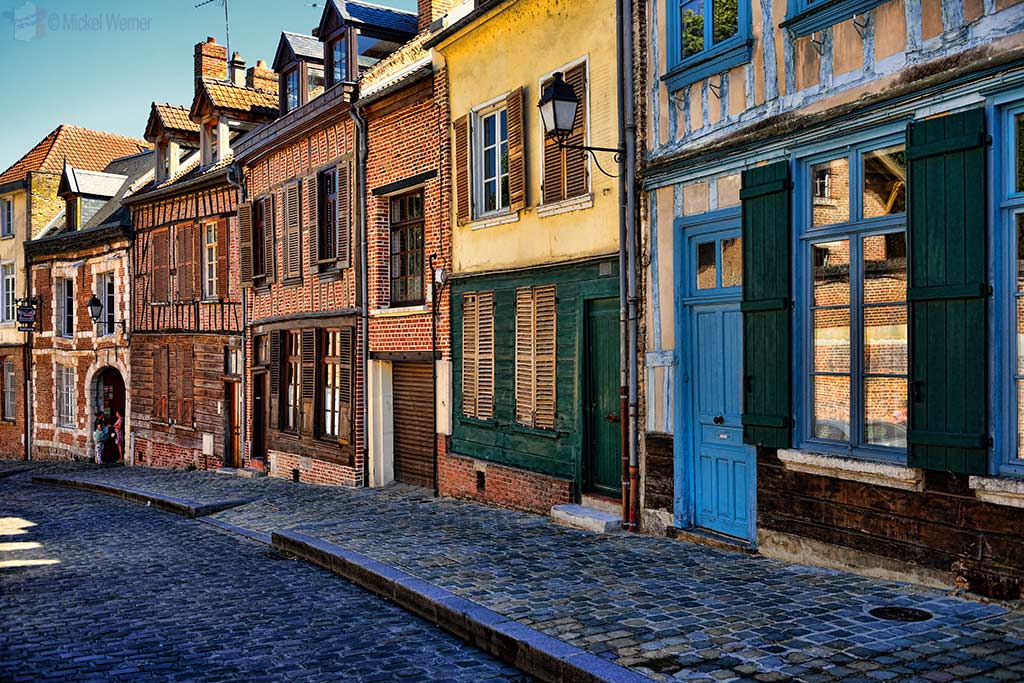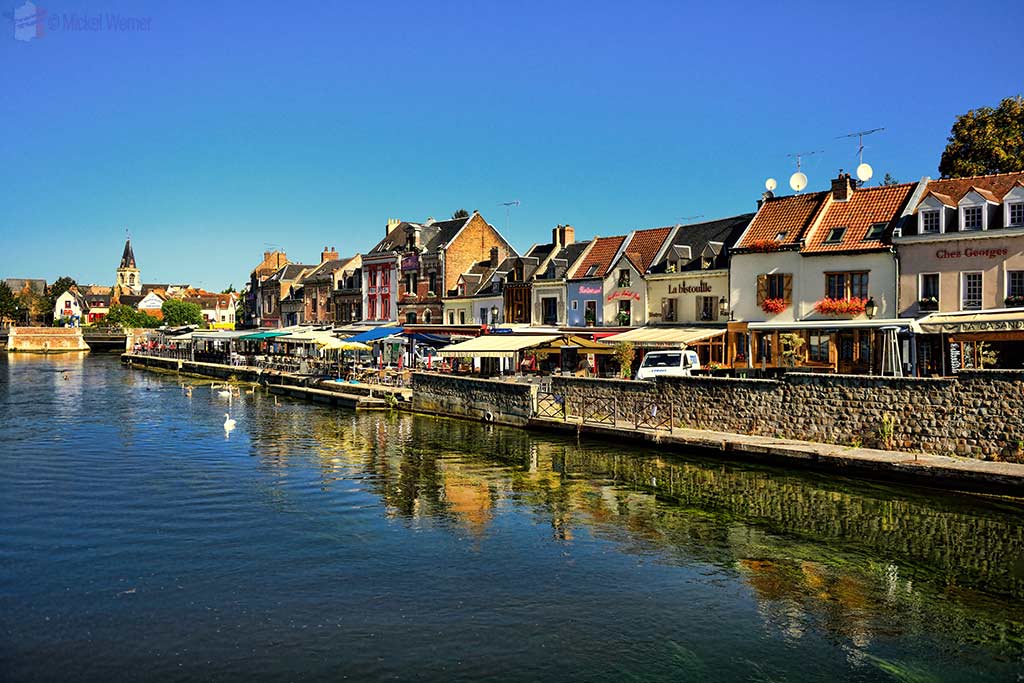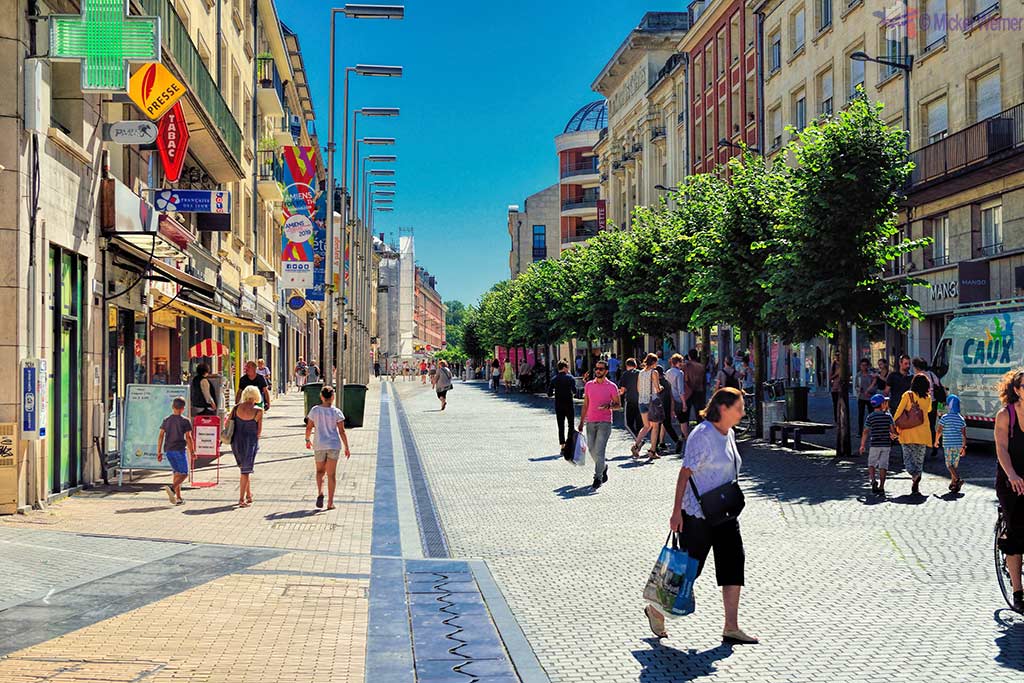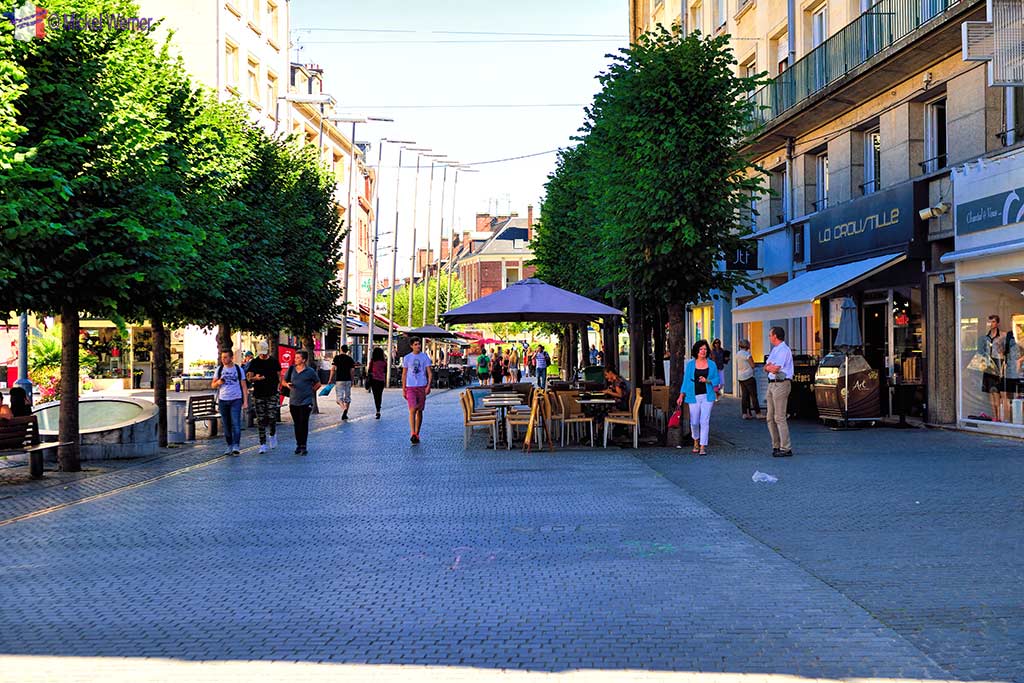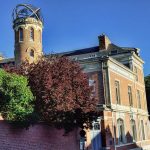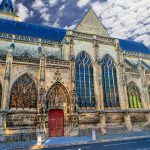Amiens is a strange city when you look at it. It’s pretty, pleasant even, but you don’t see that many tourists like in other big French cities (like Bordeaux, Marseille or Lyon) . With its 150,000 inhabitants, Amiens is the 28th largest city of the country, but when you ask people what they know of Amiens, even the French will answer only one thing: the Gothic Cathedral. For the rest of the city, it’s an unknown, both for foreigners and the French themselves.
Yes, the cathedral is enormous (world’s biggest Gothic-style cathedral – click here to read more about the cathedral on our site in a new window). It’s quite beautiful and incredibly well made.
But it’s not the only thing Amiens has going for it. How about this:
This is the house (and now a museum) of Jules Verne, the famous French sci-fi author of classic books like “Around the world in 80 days” or “Journey to the centre of the earth” or “From the earth to the moon“. It’s quite a great museum to go and see (click here to read more about this amazing house and museum). But Amiens offers you more interesting things to see:
The Hortillonnages (floating gardens) are 300 hectares (750 acres) of small gardens located on former swamp land and owned by people from the city, so-called allotment gardens . The garden plots are very old, dating back to the Roman period. Click here to read and see more about this amazing gardens.
TIP: Subscribe to our mailing service that will let you know when a new article appears on this site. You will never receive anything else but notifications that a new article has appeared (the subscribe “box” can be found on the right hand side, or use the button in yellow towards the bottom of the page that says “Subscribe”).
When walking through Amiens you will notice a lot of water. It’s not Venice or Amsterdam, but it’s more than what you would expect in a city with a river. There is water everywhere.
There are three rivers running through the city, the biggest one is the Somme river, the other two are the Avre and the Selle. There are also a large number of canals dating back to the Middle Ages. On the East and the West of Amiens, you will find several very large marshes.
The rivers inside the city used to have watermills, but they have now all disappeared.
The other thing you’ll notice when walking around the city is the enormous amount of parks, green spaces, statues and fountains spread over the city.
Everywhere you go, almost any corner you turn, you’ll find a park. They are never big, but enough to give the local inhabitants an occasion to get some air and be out in the open.
The parks are well maintained and many have equipment for kids and/or statues and/or fountains. As is the case in most parts of Amiens, you see the enormous cathedral everywhere.
This little public space is located in the city centre, next to the pedestrian shopping streets, and the city has put deck chairs there for people to enjoy the sun and fresh air.
And what would a park be without statues .. plenty of them to be seen in Amiens.
This grandiose clock is the Dewailly clock, named after a former Mayor of Amiens who left the money to have it built after his death. The clock was built in 1892, however, what you see here is a replica. The real clock rusted away, was removed and looters took away the rest. Only the statue remained. The city then made a replica in 1999.
St. Germain church
Obviously you will also find many churches in this city. But strangely enough, many are no longer used (like the one above). But more about the churches of Amiens in a new article within the next few days.
The Buildings of Amiens
Amiens has no high-rise buildings, apart from the Cathedral and this one:
This is the Perret tower, named after the famous French architect Auguste Perret, the man who redesigned the city of Le Havre after it was bombed out of existence during the Second World War. He designed this skyscraper in 1949, making it the first skyscraper in Europe, and for many years, the tallest. It measures 104 meters to the top of the roof.
Unfortunately, it can NOT be visited, nor can you go to the top, which is a pity since it would offer a great view of Amiens.
Opposite of the Perret tower is the main railway station for Amiens. Like the tower, the station was designed by Auguste Perret in 1958, but got a more modern look in 2004.
This imposing building is the side of the main courthouse of Amiens.
The courts were built in 1865 on the grounds of the demolished Saint-Martin-aux-Jumeaux abbey dating back to the year 1073.
This is the Regional Chamber of Commerce of Amiens, using the Hotel Bouctot-Vagniez built in 1909, one of the few art-deco buildings of Amiens.
NOTE: Hotel in French is not always a “hotel” (a place to stay) but in this case a house or building.
This imposing building is the Cirque Jules Verne, the Jules Verne circus. Built in 1889 and endorsed by Jules Verne (who had a seat in the city council, and had a passion for the circus), it is not only a real circus, but it is also a circus school where they teach upcoming performers the art of the circus.
It originally had a seating capacity of 3700 people, but now after repairs, it can only hold 1700 spectators. But still, the stage centre is in the middle of the room, and the seats are around it in a circle just like in an old-fashion circus.
On both sides of the entrance are two decent restaurants, one of them an Indian restaurant.
Click here to access the circus’ program and information (in French only).
In the city centre, you’ll find a few regal buildings;
This for example is a bank but through the three archways you’ll find this:
It’s a small courtyard inside the bank’s enclosures with cafes and terraces and a few shops. Very nice and peaceful.
This is the City Hall (Mairie) of Amiens. It was built starting in the 18th century.
But the front of the City Hall is much more imposing that the back which looks very neglected.
Next to the City Hall you’ll find this very old building:
This is the former bailiwick’s house. Today it is part of the Financial Department of the City Hall.
The bailiff’s house was built in 1541.
This is the Beffroi d’Amiens, in English, the Belfry of Amiens (or in plain English, the Bell Tower). The building was made around the year 1244, but it suffered many fires and even bombardments during WWII.
The tower, 52 meters high, has been used as prison, arms storage and archives. Today the tower is only visitable in pre-reserved groups. Every hour on the hour, the tower plays its chimes. Here is what it sounds (sorry for the street noise). Click below:
The other main attraction, especially for the locals, is the Picardie Museum.
The Musee de Picardie was created in 1802, then called the Musee Napoleon, but the actual building dates back to 1855. The architects used the designs and plans of the extension of the Louvre museum to build this more modest museum.
The museum houses art and archeology exhibits from the pre-historic times to today.
The inside of the building is probably as interesting, if not more, than the exhibits themselves.
Below is a Google Street view of the inside of the museum, you can walk around without even ever having visited the place (just click on the white arrows to move around. You can zoom in and move up and down with your mouse by clicking with the left button and holding it pressed and then moving your mouse up or down – just have a look at the ceiling….):
Next to the Musee de Picardie (which does not have its own web site), you will find an impressive Municipal Library:
The library is new, at least in French terms, since it was built in 1826.
The building style is neo-classical.
Another interesting building can be found in front of the courthouse:
These two buildings are called the “Logis du Roy et Maison du Sagittaire of Amiens“. King Louis III stayed here in 1636 (as did the Queen of Scotland; Mary of Lorraine, Henri IV, Queen Marie de Medicis, Queen Anne of Austria, Queen Henriette of France and Louis XIV) when his Kingdom was at war with Spain. The building was built in the 16th century.
The white building to the right is the “Maison du Sagittaire“, built by a rich trader in the 16th century. Interestingly, the building was located 500 meters further up, but after WWII, it was relocated, brick-by-brick, to its current location.
The buildings are now part of the Jules Verne University (Art department).
Houses in Amiens
Most of the houses in Amiens are 2, 3 or 4 floors high. Some, more towards the outskirts, are slightly higher. Amiens has suffered through several wars, so many of the old houses have been lost forever, but luckily some still remain.
Built to house the massive influx of pilgrims coming to visit the Cathedral of Amiens, it was part of several houses located in front of the cathedral. It was also one of few buildings that survived the WWII bombings.
Today it is used by several cultural associations.
One of the recurring designs I’ve seen on many of the houses in Amiens are small balconies (called “Juliettes” in French), or a extruding veranda style extension. Here are a few of them as seen while walking around.
Maison de Samson
This is the Maison de Samson (Samson’s House), notice that it is Samson that is holding up the balcony. It was built in 1761, but not where it is today. When the owner died in the beginning of the 20th century he did not have any heirs. His neighbour bought the house with the intention to demolish it in order to expand his own house. An association in Amiens negotiated with the new owner and managed to get the facade as a gift. They transported the facade, stone-by-stone to its new address.
Later it was donated to the city of Amiens.
Obviously not all have balconies, but are quite old (for those that survived the WWII bombardments).
Saint-Leu
You will find the largest concentration of very nice and old houses in the Saint-Leu district (the old part of the city).
The Saint-Leu district is bordered by the Somme river, and alongside you’ll find a myriad of restaurants and cafes with their riverside terraces. The area makes for a pleasant walk, and will bring you to the hanging gardens.
Shopping
Amiens is not a shopper’s paradise, but they do have three pedestrian streets dedicated to shops.
All the normal High-Street brands can be found here.
Summary
As said in the beginning, Amiens is not really a tourist town. The tourist trade has not been developed, apart from around the cathedral. It would look like the Amiens Tourist Office wants to keep the city to themselves, since very little efforts have been made to develop this source of income. Just have a look in the internet and you’ll see that there’s not that much info available.
So if you’re looking to see some interesting things, Amiens is a good place to visit for a day or two.
Related Posts
- 10000
 The one thing that Amiens is famous for, worldwide even, is its enormous cathedral. It is called the "Basilique Cathédrale Notre-Dame d'Amiens" (Basilica of Our Lady of Amiens Cathedral), or for short, the Notre-Dame (but not to be confused with the Paris one). The cathedral forms part of one of the…
The one thing that Amiens is famous for, worldwide even, is its enormous cathedral. It is called the "Basilique Cathédrale Notre-Dame d'Amiens" (Basilica of Our Lady of Amiens Cathedral), or for short, the Notre-Dame (but not to be confused with the Paris one). The cathedral forms part of one of the… - 10000
 Although the Amiens cathedral is its main attraction, the Hortillonnages should be on your "to see" list. Hortillonnages is a fancy word for floating gardens, and as gardens go, this one is enormous. Even if flowers and gardens are not your thing, this could interest you. The Hortillonnages cover a vast area…
Although the Amiens cathedral is its main attraction, the Hortillonnages should be on your "to see" list. Hortillonnages is a fancy word for floating gardens, and as gardens go, this one is enormous. Even if flowers and gardens are not your thing, this could interest you. The Hortillonnages cover a vast area… - 10000
- 10000
- 10000
 Transport Getting There By Air Although there's a small airport, the biggest airport serving Amiens is Paris's third airport: Beauvais. Within Amiens Amiens is quite large, but the interesting parts are all concentrated in the city centre. There is a bus service Amiens Bus service (AMETIS) The service is called…
Transport Getting There By Air Although there's a small airport, the biggest airport serving Amiens is Paris's third airport: Beauvais. Within Amiens Amiens is quite large, but the interesting parts are all concentrated in the city centre. There is a bus service Amiens Bus service (AMETIS) The service is called…

